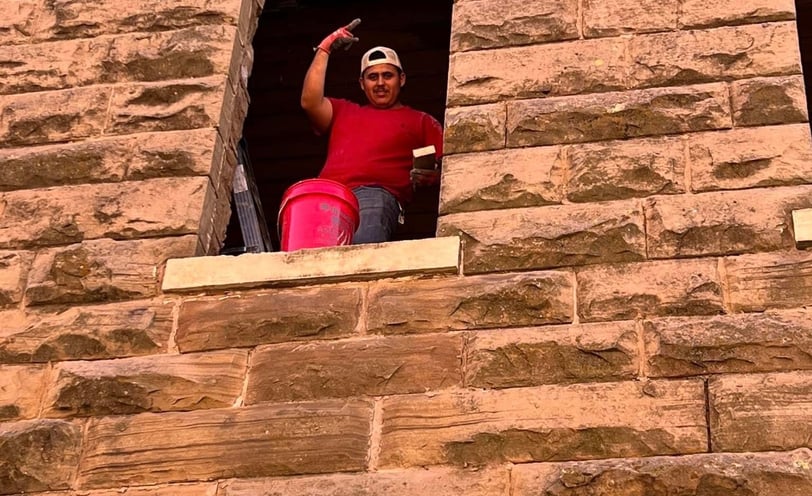Restoring the Soul of a City
MINERAL WELLS
3/4/20252 min read


Restoring the Soul of a City: Our Experience with Historic Windows in Mineral Wells
In the heart of Texas, along streets that seem to whisper stories as you walk by, lies Mineral Wells. A city whose essence is not only measured by its architecture but also by the memories preserved within its century-old buildings. Working on the restoration of its historic windows was not just a construction project for us—it was a human, emotional, and transformative experience.
The Living History of Mineral Wells
Mineral Wells is no ordinary city. Founded in the late 19th century, it gained fame for its mineral waters, believed by many to have healing properties. This drew thousands of visitors, turning the city into a popular destination for health and tourism. Between 1900 and 1940, Mineral Wells experienced its golden age. Grand hotels, bathhouses, and Victorian homes emerged as symbols of that prosperity.
But over time, as mineral water treatments lost popularity, many of those structures were forgotten. However, the spirit of the city never died. In recent years, a historic preservation movement has revived that past—and we’ve had the honor of being part of that transformation.
Working with Historic Windows: More than Wood and Glass
Restoring historic windows is an art. It’s not the same as replacing a modern frame or installing a new pane. It requires understanding the building’s history, valuing original craftsmanship, and respecting the architecture.
When we were assigned the project at the old Palo Pinto County Courthouse, we knew this wasn’t just about repairing frames. We were touching part of the city’s heart. Each window we removed spoke to us—with its aged wood, nails that no longer exist, and wavy glass that captured light just like it did in the 1920s.
The Human Experience: Between Dust and Memories
There’s no way to work on a century-old building without feeling part of something greater. With each workday, we didn’t just restore wood—we shared stories. Many local residents would stop by to greet us, telling us that the sheriff’s office once operated there or that their grandfather signed documents in those rooms.
Every crack, every corner, held a story. And we, as construction workers, became witnesses and guardians of those memories. We weren’t just remodeling—we were preserving history.
Traditional Techniques and Modern Technology
Balancing respect for history with the use of modern tools is delicate. We used conservation products approved by the Department of the Interior, learned traditional techniques like consolidating epoxy, and scanned frames with 3D technology to avoid mistakes.
Some glass panes were replaced with salvaged pieces from other abandoned buildings to maintain texture and authenticity. Every detail was considered—not just to look good, but to last another hundred years.
Transforming Spaces Means Transforming Communities
In construction, it’s easy to see only materials: wood, concrete, nails. But in historic restoration, you see more—lives, memories, the fabric that binds a community.
The courthouse project took us several months. When we finished, we had not only restored windows—we had restored hope. Some neighbors cried when they saw the building brought back to life. The city felt alive again.
An Invitation to See with New Eyes
If you’re thinking about remodeling an old structure, I invite you not to see it as a problem, but as an opportunity. Every old nail, every curved piece of glass, is part of a story worth telling.
At HL Construction LLC, we don’t just build. We listen, we respect, and we honor the past of the spaces we work in.
Because deep down, historic restoration isn’t a luxury—it’s an act of love for our identity.
HL Construction LLC
Historic Restoration and Remodeling of Spaces with Soul
www.hlconstructionusa.com
940-468-9504
